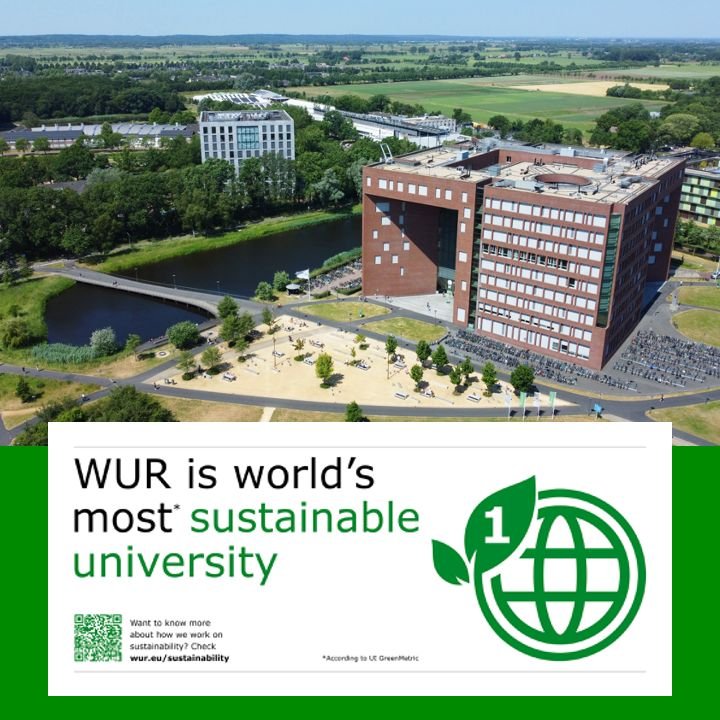
The Global Challenge of Zero Hunger
The United Nations' Sustainable Development Goal 2 (Zero Hunger) aims to end hunger and promote sustainable agriculture by 2030. Currently, 828 million people are hungry, with 349 million facing severe hunger, primarily due to conflict, climate change, poverty, and food waste. Conflict is a major barrier to achieving zero hunger, with nearly 60% of the hungriest individuals living in conflict zones, perpetuating cycles of violence and food insecurity. Climate change exacerbates hunger through extreme weather events that disrupt food access and economies. Additionally, poverty and inequality are root causes of global hunger, with declines in bee populations threatening agricultural productivity. Despite producing enough food globally, about 40% is wasted in high-income countries, while low-income countries experience significant loss during growth and storage. Malnutrition affects nearly 3 billion people in various forms, including undernutrition and obesity. The COVID-19 pandemic intensified food insecurity, reversing years of progress and pushing millions into undernourishment. The economic impacts of the pandemic have increased global poverty for the first time since 1990, highlighting the urgent need for coordinated action across sectors to achieve zero hunger and improve global food systems.

Wageningen University's Collaboration with Businesses for Sustainable Development: The Path to Zero Hunger
Wageningen University & Research (WUR), located in the Netherlands’ Food Valley, is a leading institution in life sciences, particularly in agriculture. Established in 1876, it is renowned for its commitment to sustainability, ranking as the world's top university for agricultural sciences and sustainable agriculture for several consecutive years. WUR’s mission focuses on balancing human needs, the environment, and the economy, aligning with the United Nations’ Sustainable Development Goals. WUR actively collaborates with businesses, governments, and civic organizations to translate research into practical applications that benefit society. These partnerships provide companies with access to cutting-edge research and sustainability expertise, fostering innovation and enhancing competitiveness. Businesses can engage with WUR through various avenues, including research projects, the Wageningen Data Competence Center, and tailored professional courses from Wageningen Academy. WUR's commitment to impactful research is further exemplified in its vibrant Wageningen Campus, which serves as a hub for innovation, bringing together companies, educational institutions, and research facilities. This collaborative framework aims to develop solutions for global challenges, ultimately contributing to a more sustainable and resilient future.

God created the Sea, but the Dutch created The Kingdom of The Netherlands
The Netherlands has a rich history of land reclamation, dating back over 2,000 years when the Frisians first settled and built terpen (earth mounds) for flood protection. This struggle against water became integral to Dutch culture, with significant efforts to hold back the North Sea. Major floods, such as the St. Lucia's Flood in 1287 and the 1953 disaster, underscored the challenges faced. Land reclamation evolved significantly during the medieval period with basic dikes, advancing in the sixteenth century through windmill technology, which enabled more efficient drainage and the creation of polders—arable lands reclaimed from water. By the seventeenth century, projects like the Beemster Polder showcased highly organized and advanced engineering techniques. Today, the Netherlands boasts around 3,000 polders, with about half of its land area reclaimed from the sea. As of 1961, 18,000 square kilometers were added, and approximately 27% of the land lies below sea level, housing over 60% of the population. The phrase "God created the world, but the Dutch created the Netherlands" epitomizes national pride in this extensive transformation and innovation in water management.